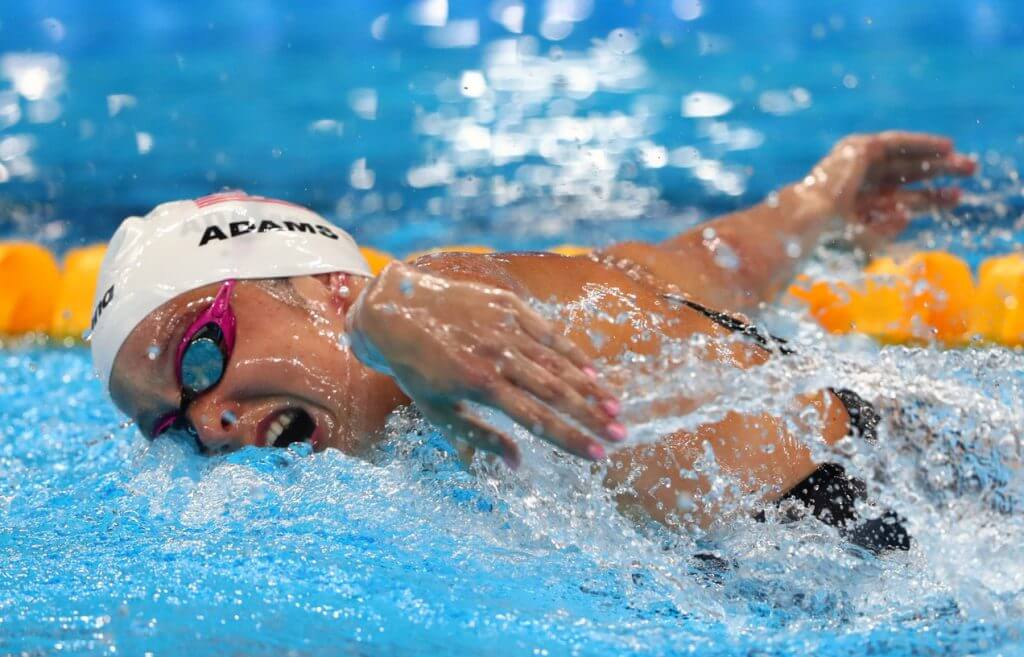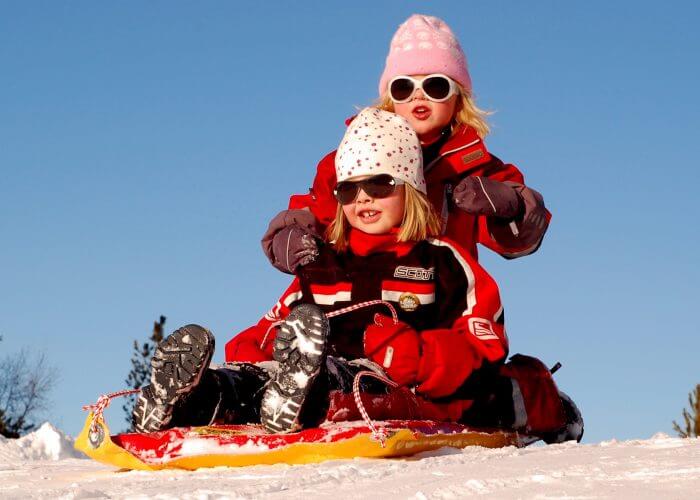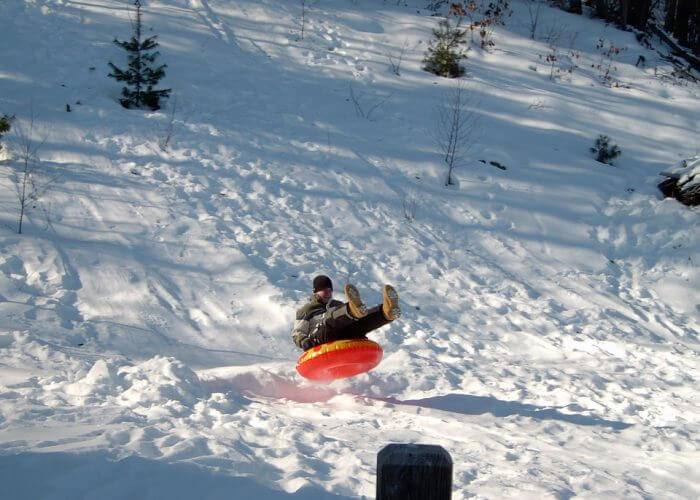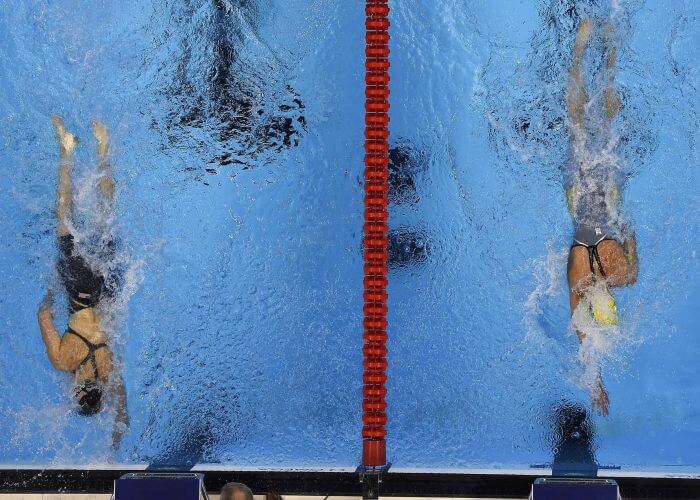The Snowy Slope of Bad Habits

By Maggie Lasto, Swimming World College Intern.
With just around 20 days until winter, it’s hard not to have snow, break and holiday cheer on the brain. But with most teams approaching mid-season taper meets, it’s important to keep focused, work on technique and rehearse good habits. Becoming lazy, is where the snowy slope comes into play.

Photo Courtesy: Pexels
The Climb
Think of sledding. You start at the bottom and make that exhausting climb to the top. Up you go, step by step as your boots sink into the snow, you’re sled thumps behind you and you’re out of breath. When you finally make it to the top and look down, you are ready to let your hard work pay off. In swimming, this represents the beginning of the season. Everyone is just starting off again, working hard to get where they want to be, but struggling along the way. This is when habits, the small decisions we make and actions we perform every day, start to form.

Photo Courtesy: Pexels
The First Run
After finally reaching the peak of the mountain, you jump into your sled and start the slide down the slope. You pick up speed as you go, leaning left and right and leaving a track in your path. Success! You’ve made it the whole way down. Think of your first meet of the season; the mountain peak. The hard work you put into practice is over now, and it’s time it pays off. You’re nervous for the first race, but your excitement motivates you to work hard. When you leave your block and jump into the water, you start to pick up speed as you go. Focusing on your technique, you begin to strengthen the good habits you’ve created.

Photo Courtesy: Pexels
The Breakdown
The first run was a blast, so you grab your sled to do the whole thing all over again. Time to get back to work. But this time, when you reach the top, the climb has left you more exhausted than last, and you’re not quite as excited as you were before the first run. However, you happily hop into your sled and head down the hill. This time you get lazy, losing focus of the path ahead and forget to lean your body to follow the curve. With one wrong move, your sled escapes the track, turns abruptly and comes to a stop halfway down the mountain. During the season, it’s easy to lose track of what’s important, especially aspects of technique. If we stop working on our streamlines, our stroke counts or not breathing off our walls, we’re bound to finish our races worse off than we planned to. Bad habits like these are so easy to form, yet they’re so hard to fix.

Photo Courtesy: USA TODAY Sports-USA TODAY Sports
The Attempt to Undo the Damage
You try again and again to make it all the way down the hill, but against your best effort, the sled continues to follow the broken path. Don’t give up though, the successful path you made on your first run still exists, and if you keep trying, your sled will get back on track. This is what happens when we create bad habits. They occur when we’re not thinking, and are extremely hard to break. If you had just focused on following the first path a few more times and learned to lean the right way, the path would become deeper, compacted and more secure. This means that the good habits you would have created would become natural to you, allowing the sled to work efficiently without you even having to think about it. This is what we want to happen at swim meets. By reinforcing good habits at practice, our bodies will apply the skills automatically in our races and allow us to focus solely on racing.
How do I start to form good habits?
In a sport like swimming, that rests so heavily on technique, it is important to make the conscious effort to keep our sleds on track every day. The Four Stages of Habit: the cue, response, craving and reward, initiate the way behaviors stick in our brains. These stages occur in a loop, so if one step is missed the behavior cannot become a habit. Behaviors occur when our bodies are facing a problem. The goal of a habit is to provide a solution to this problem. The habits we form in swimming solve the problem of how we can make our bodies stronger and faster. There are strategies you can take to help you start forming good habits today.
What if I already have bad habits?
You’re in luck. Recognition is the first step. Mistakes can’t be changed if we don’t understand we are making them in the first place. Since it is true that we can’t eliminate bad habits once we’ve created them, we must replace them. However, this is a long process. According to Author Gretchen Rubin, it can take between 21 and 66 days for an individual to break a bad habit. Although it can be done, it is much harder than forming good habits in the first place.
Get on your sleds and enjoy the ride down the mountain, but try to remember your technique and avoid getting lazy when things get tough. In the end, the results will be worth the focus.
All commentaries are the opinion of the author and do not necessarily reflect the views of Swimming World Magazine nor its staff.




What an amazing article!! You had me
at the first sentence until the very last
word. I look forward to you next article.
You out do yourself every time!
Great article Maggie!! We all know how important technique is! ?
So proud! ❤️
Mason Amble
Excellent article.